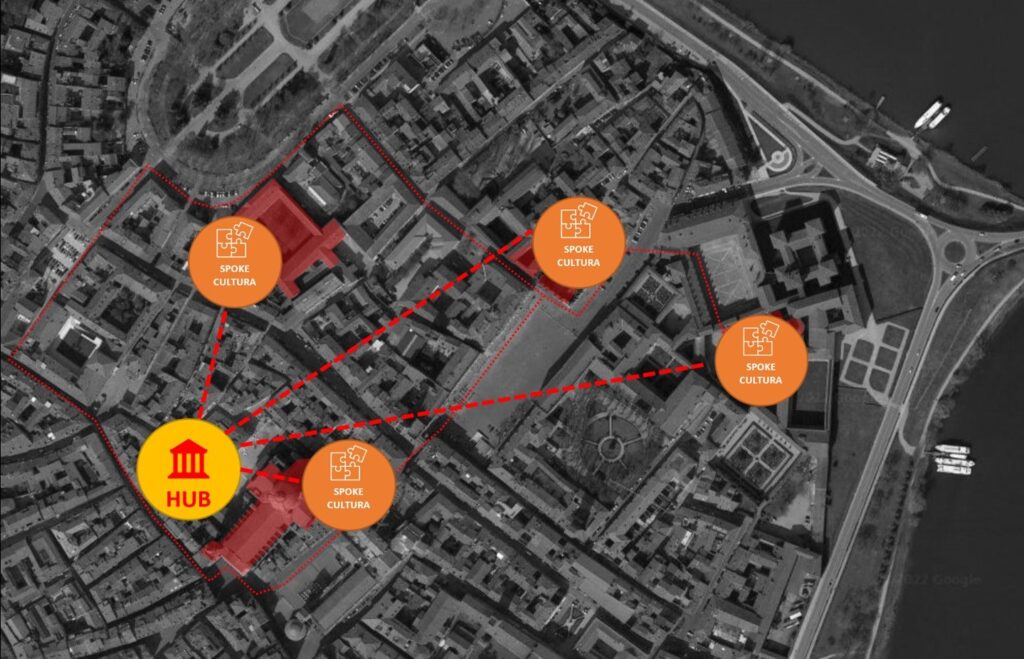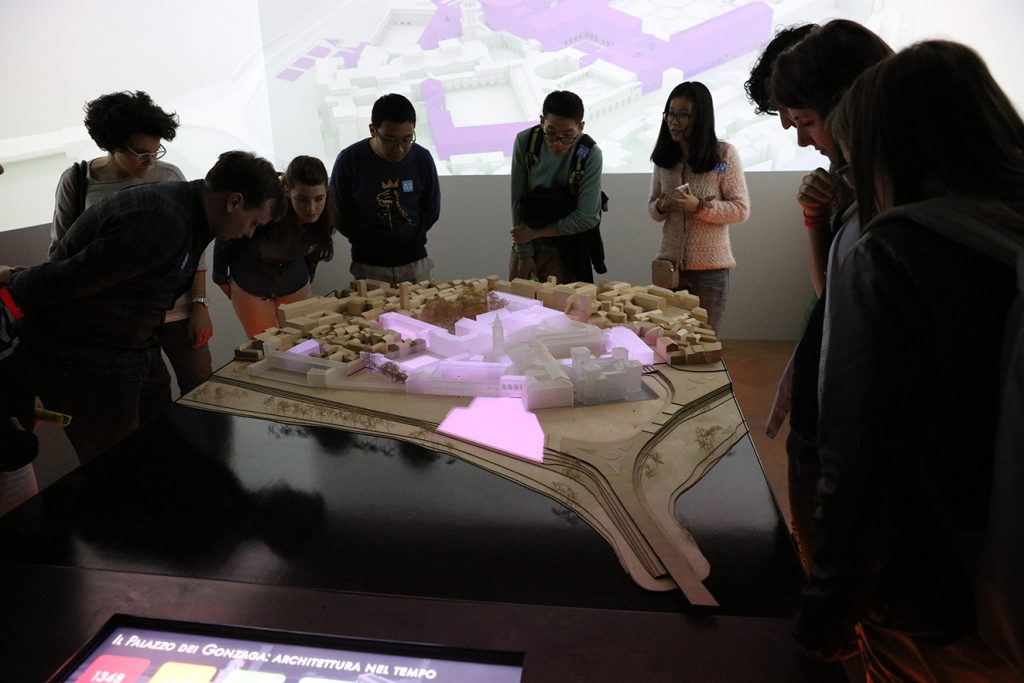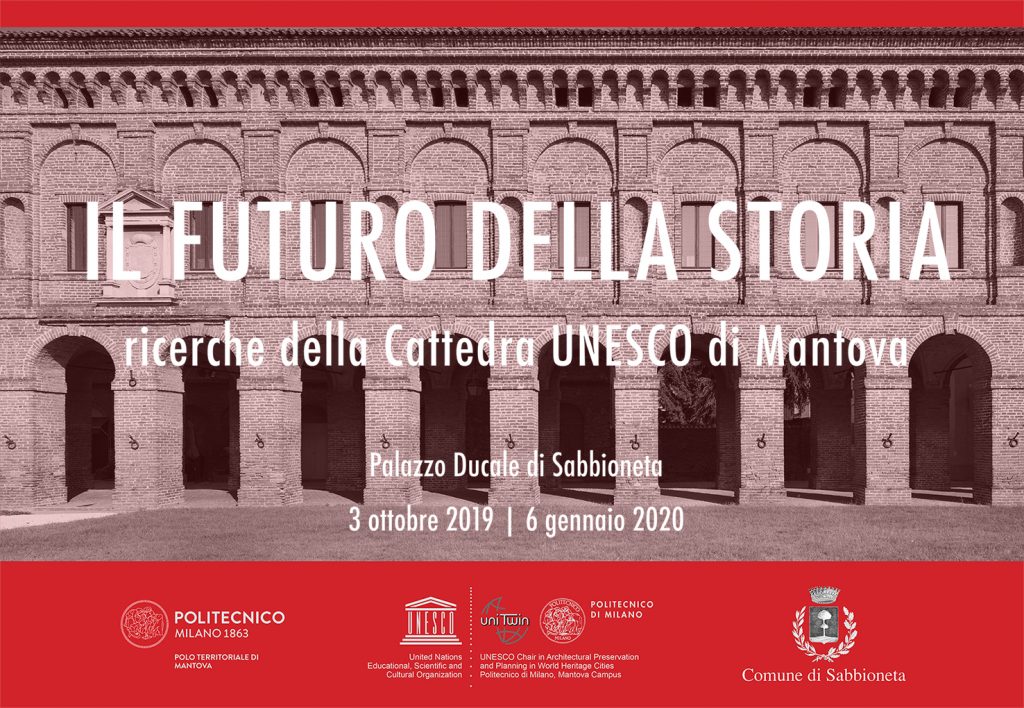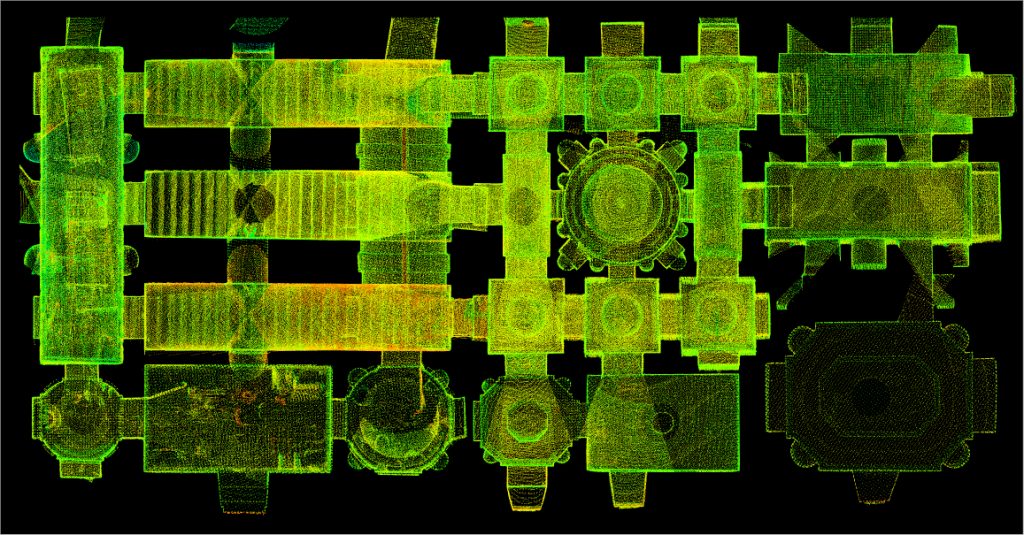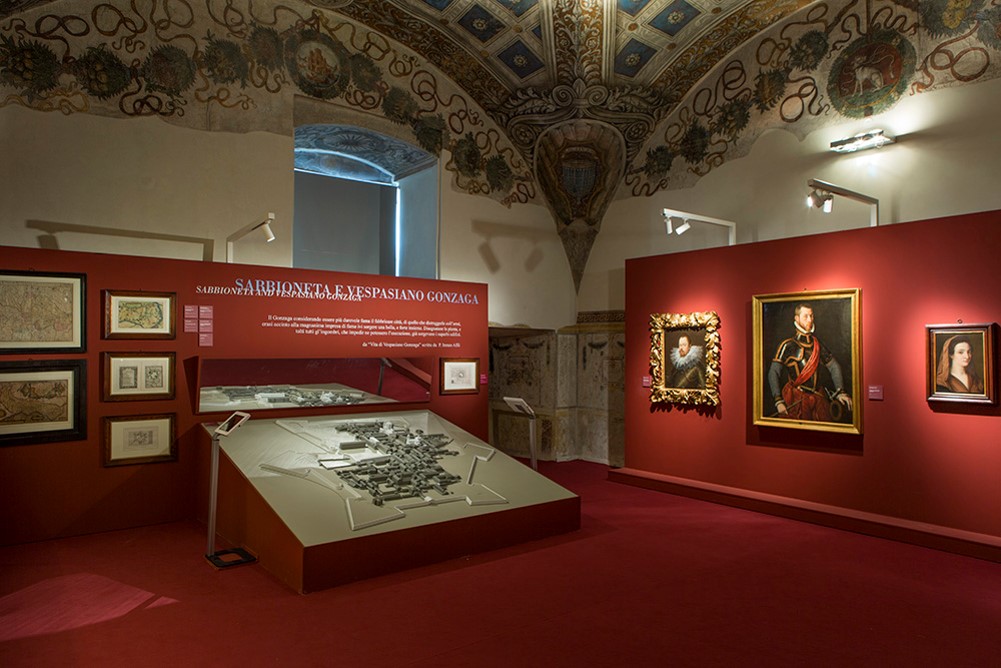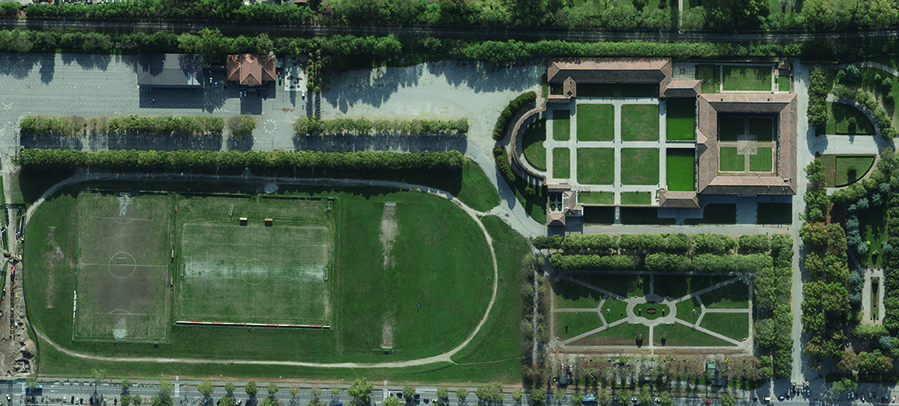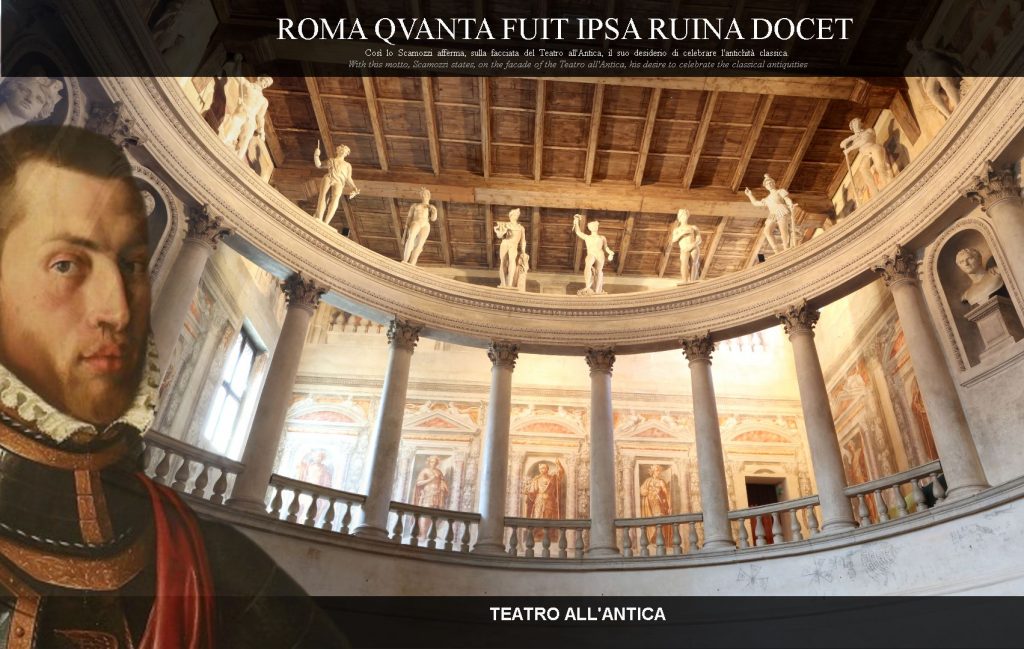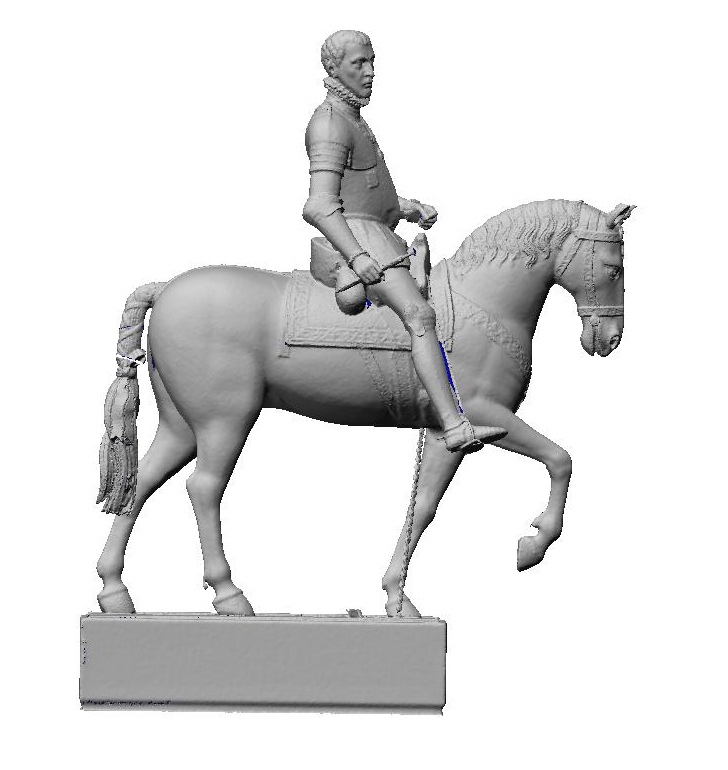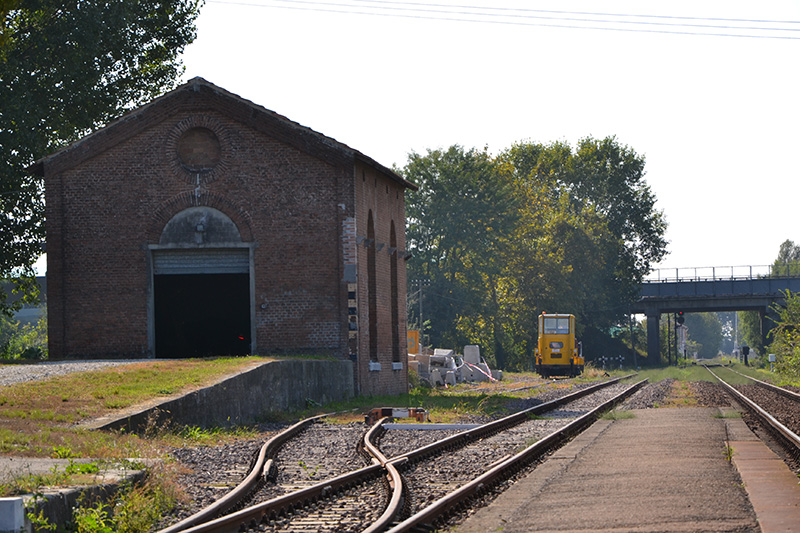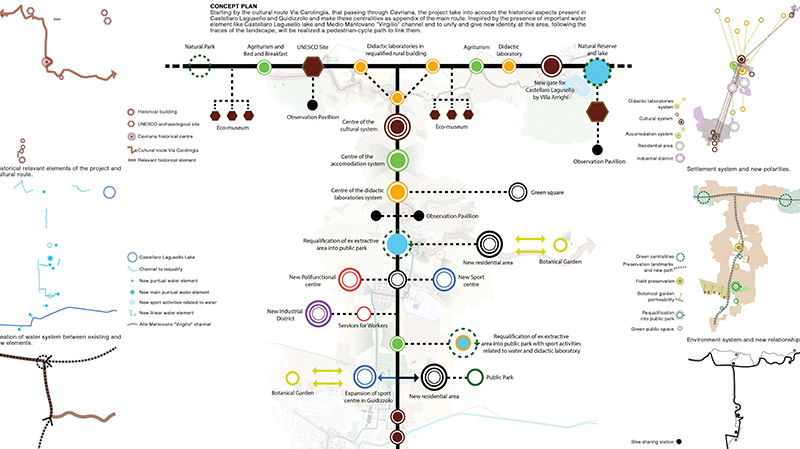Cultural Routes between Art, Faith And Culture
Cultural Routes Between Art, Faith And Culture Recovery, enhancement and inclusiveness of the Diocesan Ecclesiastical Heritage of Mantua https://www.unescolab.mantova.polimi.it/wp-content/uploads/2024/06/Beni-emblematici_Polimi_2024_2.mp4 Scientific Directors: Andrea Adami, Luigi Fregonese, Massimo Ferrari, Claudia Tinazzi, Carlo Togliani Collaborators: Ginevra Rossi, Marta Fasol, Daniela Mori, Jacopo Helder, Laura Taffurelli Founded by Fondazione Cariplo, Regione Lombardia Partners: Diocesi di Mantova (capofila progetto), Parrocchia di…
Leggi tutto

